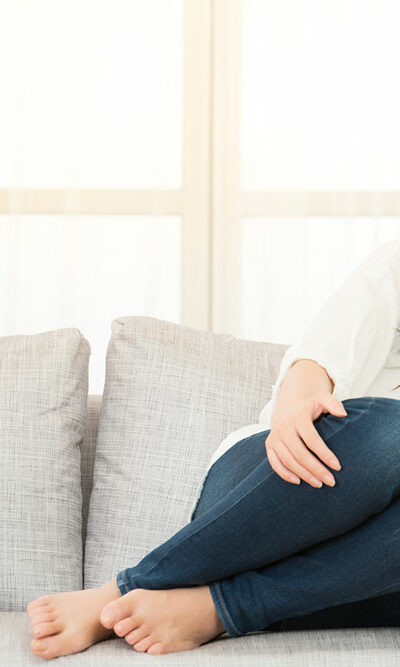
Symptoms and Treatment for Common Partial Seizures
What is a seizure and what are the types? A seizure occurs when the electrical signals sent through the neurons in the brain start behaving abnormally. There is a sudden surge in the electrical activity that takes place in the brain. This sudden spike is what causes a seizure. There are two categories of seizures, the partial seizures and the generalized seizures. Generalized seizures take place when the entire brain is affected, and partial seizures take place when only a certain part of the brain is affected. A partial seizure is also known as a focal onset seizure. It may occur due to many reasons. The main causes of a partial seizure are a stroke, brain injury, high blood pressure, epilepsy, congenital brain defects, kidney failure, and liver failure. Additionally, a partial seizure may be caused by bites, stings, phenylketonuria, drugs, and infections. Partial seizures are more common in people who are 65 years old or above. What are the common symptoms of a partial seizure? A partial seizure affects an individual emotionally and physically. The symptoms can occur in anyone who is older than 1 year. There are times when the symptoms of partial seizure resemble the symptoms of mental or nerve disorders. The symptoms may last anywhere between a few seconds to a few minutes. There are several different symptoms of partial seizures. There are three types of partial seizures, including simple, complex, and secondary that are generalized. The symptoms of partial seizures are as follows: One performs repetitive movements. This includes rubbing one of the hands excessively. One feels sick and nauseated for no apparent reason. This feeling refuses to go away. One might experience jerk movements affecting the head, the arms, or the legs that becomes unstoppable. One feels like something is walking on their skin when there is nothing.
